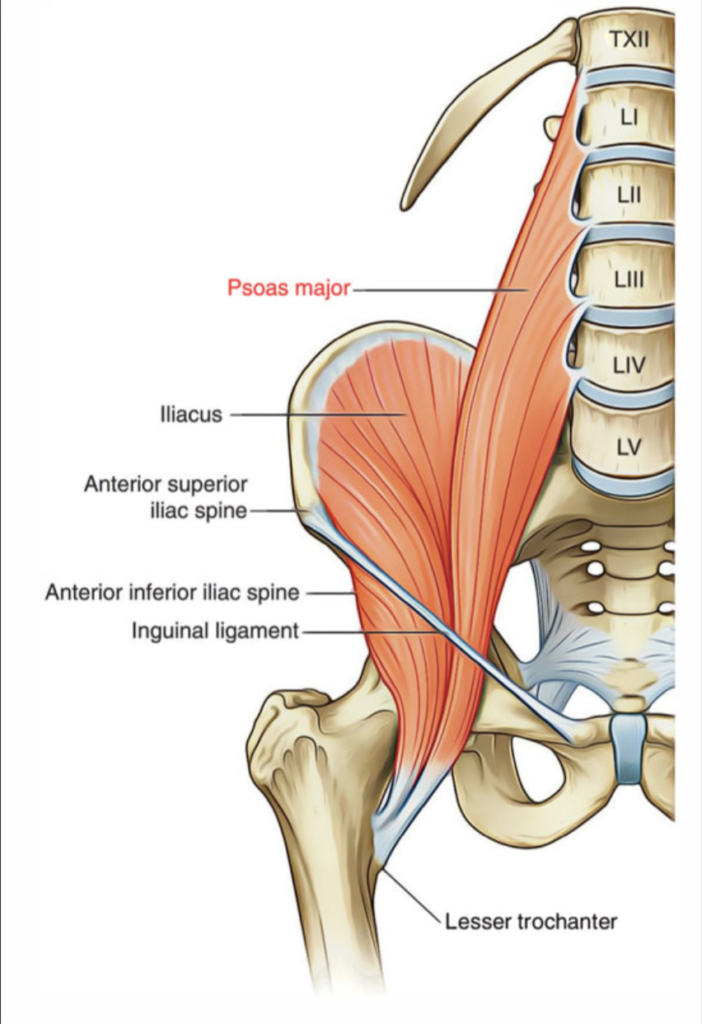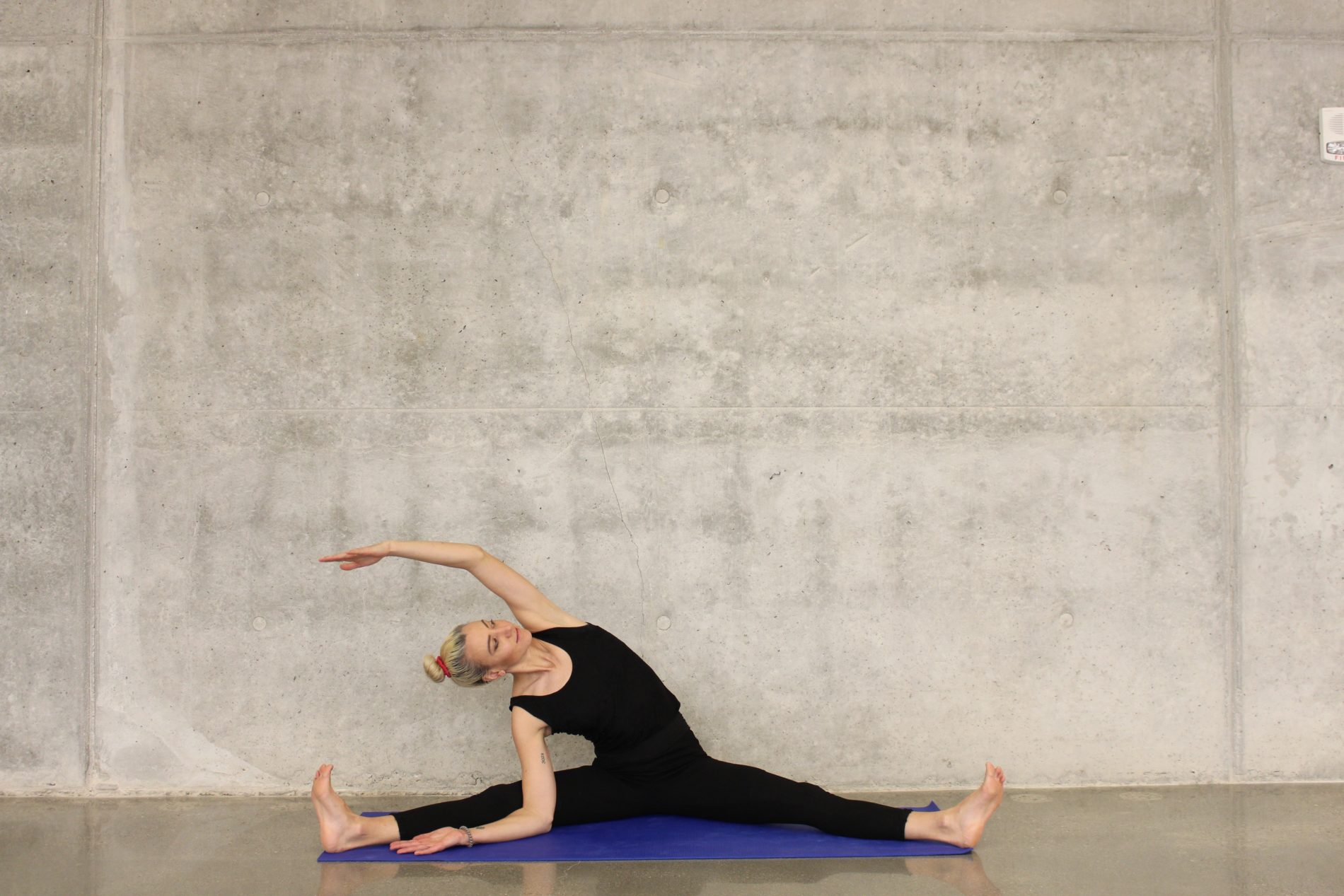We’re going to take a quick break from our ‘Treat Yourself like a Professional Athlete’ blog series to address commonly asked questions in our clinic – how much should I be stretching, how should I be stretching, and why do improvements in flexibility from stretching seem to happen so slowly?
Do you feel like you are constantly stretching and foam rolling yet are not improving flexibility? Patients regularly ask me how to become more flexible and mobile. They stretch their hips, hamstrings, and lower backs constantly, yet see little improvement in function, range of motion, or pain. For many patients, the issue is not the extensibility of their tissues, it is poor or inadequate stabilization patterns.
Create a Stable Base of Support
For the brain to allow movement and lengthening of a muscle, there must be a stable base of support. If a stable base of support is not present, the brain will perceive the movement as threatening and unsafe, and will put the brakes on. The brain does this by preventing muscles from expressing their full ranges of motion. This phenomena may show up as tight hamstrings, hip flexors, and lower back muscles.
Muscles most commonly attach to joints or on bony landmarks next to joints. With this in mind, the stable base of support required for movement is most often a joint, which includes the vertebrae in the spine. Poor stability at a joint is perceived as a ‘red light’ to movement. We call this ‘neurologic tension’ which refers to muscular tightness caused by the brain putting brakes on a movement. If all we do is stretch the tight muscle, we are not addressing the root cause of the problem – an inadequate base of support. The feet, hips, shoulders, and vertebrae in the lower back and neck are common areas where patients need to improve stability because many muscles attach to these areas.
Breathing to Release Your Hip Flexors

Many of our patients stretch their hip flexors constantly but do not see any improvement. The main muscle for hip flexion is the psoas major muscle. The psoas muscle attaches to the vertebrae in the spine, crosses the hip joint, and eventually attaches to the top of the leg near the head of the femur. If the psoas muscle does not have a stable base of support at the spine, the brain will not allow this muscle to fully lengthen, leading to tighter hips. Proper breathing patterns utilizing a diaphragm-driven belly breath and 360-degree cylindrical core stability are essential to create a stable base of support at the spine. At our clinic we teach patients how to breathe deeply into their abdomen. This is important because you must be able to breathe into an area if you want to activate the muscles in the area. Once they can breathe into the front, sides, and back of their abdomen, we teach them how to stabilize the muscles of the core using progressively more difficult exercises. Many patients notice improved hip flexor mobility simply by achieving better breathing and core stabilization patterns.
Stabilize Instead of Stretch
You should now understand how poor stabilization at joints can lead to an inflexibility of the muscles that attach at or near the joint. The focus of exercise therapies at our clinic teach patients to have better stabilization at their joints. Patients are amazed when they see active and passive ranges of motion dramatically improve once a stable base of support is created. We rarely give clients traditional stretching exercises because for the vast majority of patients, the root cause of stiffness is neurologic tension due to poor stabilization patterns.
As today’s blog post is more technical than previous posts, please feel free to reach out if you have any questions!
Post written by Dr. Riley Kulm, DC. Check out Dr. Riley Kulm’s bio here.


